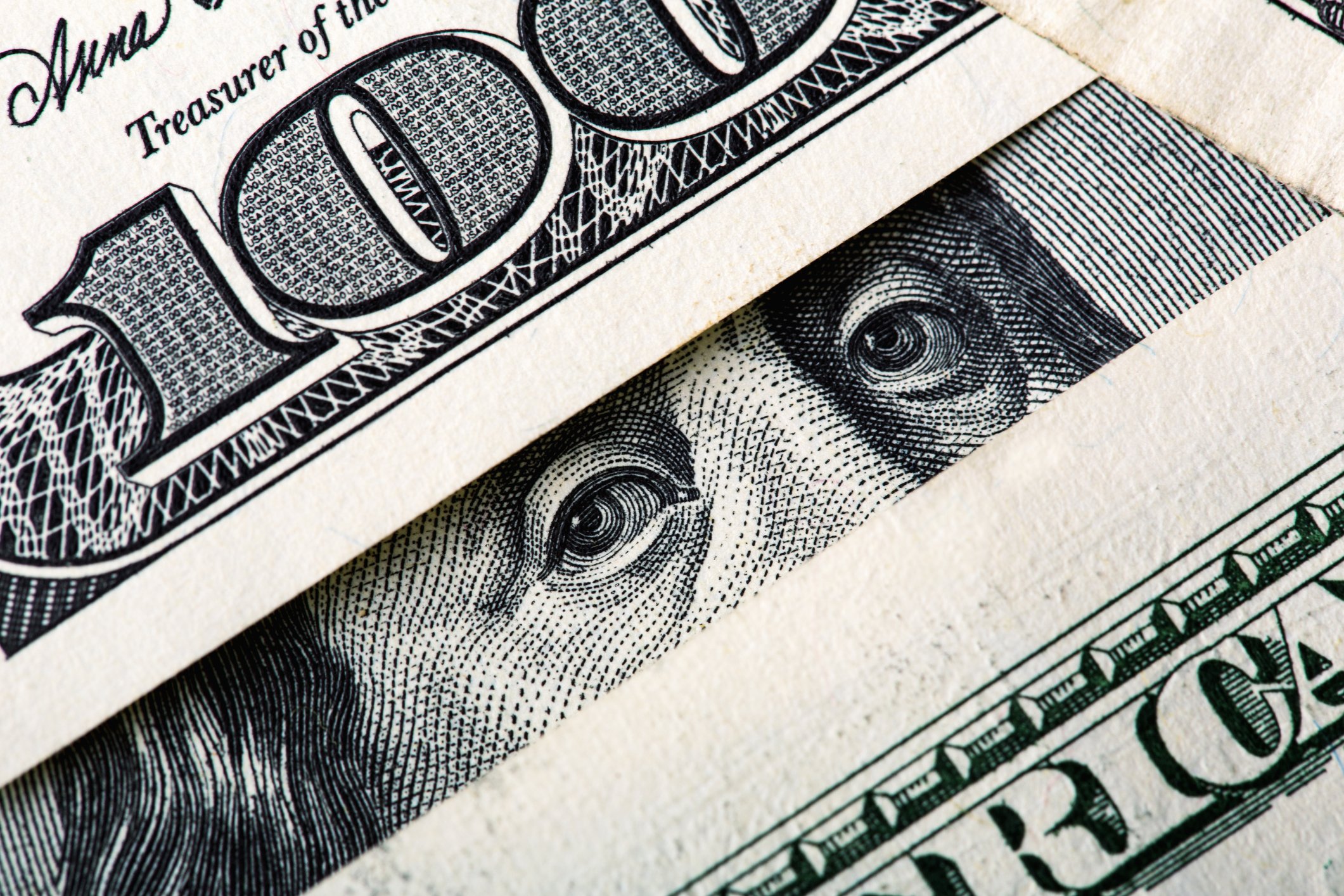The stock market has pummeled shares of HEXO (HEXO +0.00%) since the licensed Canadian producer told investors that it sold far less marijuana during the three months ended July 31, 2019, than expected. This marijuana stock was already having a rough time and the surprising lack of sales during its fiscal fourth quarter didn't help.
HEXO shares have lost more than half their value since the company listed on a major U.S. exchange last July. Can this embattled marijuana stock bounce back?

Image source: Getty Images.
HEXO's already taken at least four important steps on its road to recovery. Let's see if they'll go far enough to make investors whole again.
1. Taking it to the streets
The illegal marijuana market has not fallen by the wayside as investment bank analysts predicted, but it has tumbled from 79% of total cannabis sales during the fourth quarter of 2018 to 61% during the second quarter of 2019. Although the illicit market still accounts for more than three-fifths of the Canadian market, HEXO has a plan to undercut its biggest competitor.
Pricing's a big reason the illicit market has been tough to defeat and it's easy to see why. In the third quarter of 2019, the average price of legal cannabis was 83% more than cannabis purchased through illegal mail-order services and unlicensed storefronts that averaged 5.59 Canadian dollars per gram.
To combat the illegal market, HEXO is attempting to undercut it with a new bargain-bin brand called Original Stash -- and it appears to be working. A 1-ounce bag of Original Stash's dried flower costs just CA$125.70, including taxes, which works out to $4.49 per gram, and it's flying off the shelves, at least in Quebec. The company launched its bargain brand on Oct. 16, 2019, and at the moment, Original Stash still isn't available at the Ontario Cannabis Store.

Image source: Getty Images.
2. Cutting costs
Expectations of an adult-use sales explosion inspired HEXO to rapidly expand operations from 220 employees to 1,260 at the end of July. Over the same period, operating expenses soared from CA$24.4 million to CA$111.5 million.
In October, HEXO announced a plan to lower expenses by eliminating around 200 positions, including executives formerly in charge of manufacturing and marketing. Handing out heaps of pink slips will provide some savings, but it might not be enough to reach an operating profit in 2020. During the fiscal year ended July 31, 2019, HEXO reported a meager CA$26.9 million gross profit and a frightening $84.6 million operating loss.
3. New products
This December, Health Canada is expected to finally allow the sale of cannabis-infused beverages. HEXO's joint venture with Molson Coors Brewing (TAP 0.26%), called Truss, could hit the ground running. Flow Glow Beverages has partnered with Truss to produce Flow Glow, a 12-ounce carton of water that contains 10 milligrams of CBD and 0.3 milligrams of THC.
Of course, HEXO won't be the only company ready to ship infused beverages this December. Fluent, a joint venture between Tilray and Anheuser-Busch, also plans to launch its own CBD-infused beverage at the same time.

Image source: Getty Images.
4. A new brand
In May, HEXO completed its CA$263 million acquisition of Newstrike Brands in an all-stock deal. Newstrike was the parent company behind the Up Cannabis brand. A marketing campaign that included one of Canada's favorite rock bands, The Tragically Hip, could go a long way to help the Up Cannabis grow further.
HEXO jumped at the chance to buy Newstrike largely because the deal included enough operating cultivation space to boost production by 150,000 kilograms annually and another 1.8 million square feet of space that HEXO has already started retrofitting. Unfortunately, in October, the company suspended operations at the Niagara facility as part of its cost-cutting plan.
A buy now?
Not growing more marijuana than the company can reasonably expect to sell is a step in the right direction for HEXO, but recent losses suggest it might not be enough. To keep up with demand during fiscal 2019, HEXO purchased CA$25 million of dried cannabis that the company has since written down to just CA$8.1 million.
Another big hit during fiscal 2019 came in the form of sales returns and recoveries. Although revenue before excise taxes grew to CA$59.3 million, it would have been 11% higher if not for a CA$6.7 million provision for possible returns on inventory held by provinces.
During the recently ended fiscal first quarter, the company expected net revenue to reach between CA$14 million and CA$18 million after accounting for returns and retroactive adjustments on inventory currently held by provinces. The low end of that range is less net revenue than the company recorded during the previous three-month period.
While HEXO is far less expensive now than it was just a few months ago, another quarter of steep losses fueled by inventory returns and writedowns could lead to a severe market beatdown that you don't want to be a part of. It's probably best to wait for signs these four steps toward recovery can stop HEXO from bleeding money.







